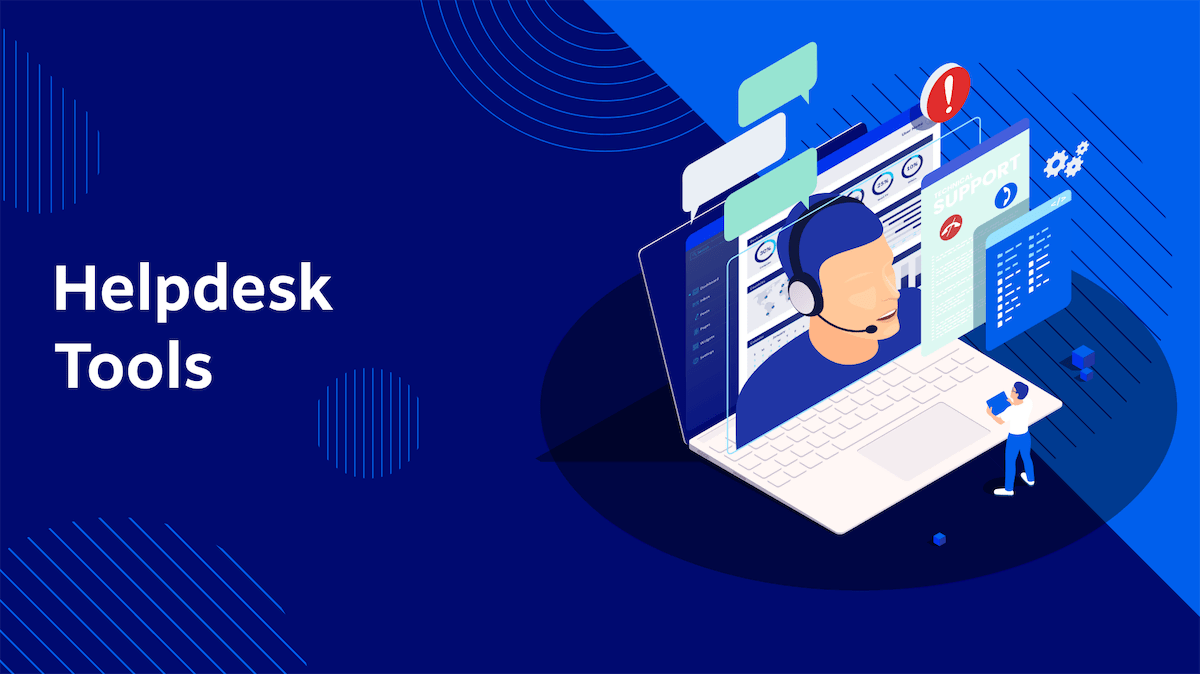When requests go unanswered, customer and employee experiences and relationships that you have nurtured for a long time are harmed.
Helpdesk tools prevent this and provide an easy way to manage interactions when they occur. These requests are easier to manage when there are just a few. But when you scale, no matter how efficient the team is, some requests are prone to slip through the cracks.
With several tools on the market, it can be difficult to choose one. But what if we can make the choice easier? Let’s dive in.
What Is a Helpdesk Tool?
A helpdesk tool, also known as service desk software, is a centralized platform designed to manage and resolve customer inquiries, support requests, and technical issues. It streamlines the process of tracking, prioritizing, and resolving support tickets submitted by users or customers.
Some of the features you’ll typically find in a helpdesk tool include ticket management, automation for common tasks, self-service options for users, reports and analytics for performance tracking, and integration capabilities with other business tools.
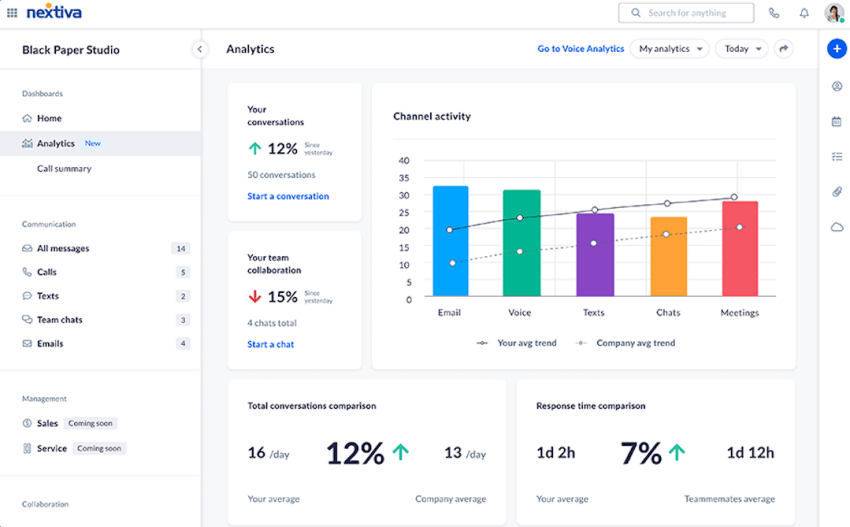
How does a helpdesk tool work?
- Ticket creation: The process begins when a customer encounters an issue and reaches out for support through various channels like email, chat, phone, or a web form. The helpdesk tool automatically converts this communication into a support ticket, which is a unique record of the issue.
- Ticket assignment: Once a ticket is created, it can be automatically or manually assigned to a support agent or team based on predefined rules, such as issue type, customer priority, or agent expertise. This ensures that the right resources are working to resolve the issue as efficiently as possible.
- Prioritization and categorization: Tickets are categorized and prioritized based on urgency, impact, or other criteria. This helps identify issues that need immediate attention and ensures that critical problems are addressed promptly.
- Response and resolution: Support agents interact with customers through the helpdesk tool to gather more information, provide solutions, or offer workarounds. The tool may offer functionality like knowledge bases, canned responses, and automation to resolve tickets more efficiently.
- Escalation: If an issue cannot be resolved at the initial level of support due to its complexity, it can be escalated to higher-level support teams or specialists within the organization.
- Closure: Once an issue is resolved to the customer’s satisfaction, the ticket is marked as resolved and eventually closed. To help improve service quality, customers may be asked for feedback on their support experience.
| 💡Pro tip → When choosing your helpdesk solution, opt for one that provides analytics and reporting features to track performance metrics, such as resolution times, customer satisfaction scores, agent productivity, and ticket trends. This data helps you identify areas for improvement and make informed decisions. |
Types of helpdesk tools
There are multiple helpdesk systems businesses can consider when dealing with service requests from customers or internal teams.
- Inbound helpdesk software manages incoming customer requests, such as questions, support needs, or complaints, assisting support teams in responding efficiently.
- Outbound helpdesk software lets the customer success team reach out to customers proactively. It allows your department to engage customers with updates or feedback. Customers feel supported, and their satisfaction level is clearly reflected in your net promoter score.
- Internal helpdesk software handles employee requests and issues. It focuses on streamlining support related to IT, HR, or admin.
What Are the Key Functions of a Helpdesk Tool?
Below are some critical functions of a helpdesk tool that assist customer and employee service departments in better managing service requests and escalations.
Centralizes ticket management
One of the key functions of a helpdesk tool is its ability to centralize ticket management. This means that whether a customer prefers to reach out via email, phone, social media, chat, or web form, every interaction is automatically converted into a ticket within the helpdesk system. This consolidation is crucial for maintaining a unified view of customer interactions, ensuring that no request slips through the cracks.
Organizes support tickets
When support requests arrive, the helpdesk software turns them into tickets. The helpdesk ticketing module categorizes them based on context and priority and uses a routing mechanism to direct them toward the right agent.
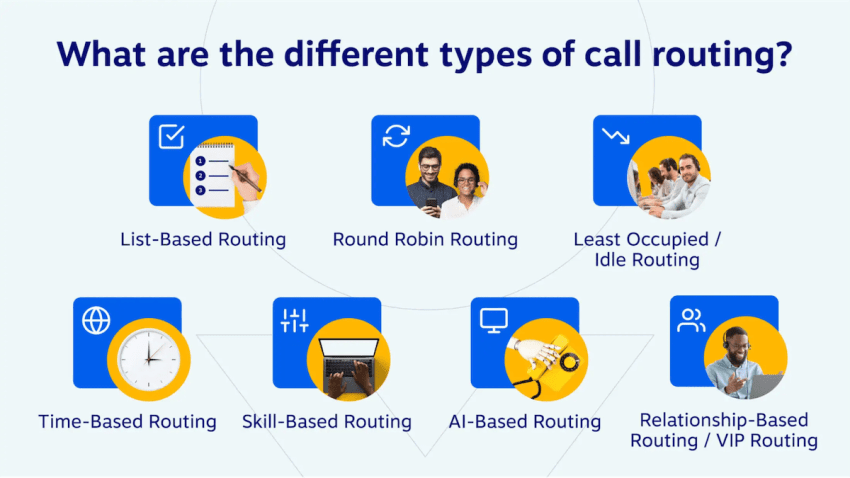
For example, when customers send requests to a specific email address like [email protected], the helpdesk software automatically turns them into support tickets. Then, it routes the ticket to the right person to address the issue. The ticket is tracked from when it is created until your support people close it.
Makes communication easier
Helpdesk platforms let support agents connect directly to customers or employees. They also allow teammates to collaborate on solving complex issues involving many stakeholders.
In many cases, the software communicates updates using direct messaging, chatbots, and messaging app integrations, making your service desk highly interactive. Moreover, it lets you proactively convey service level agreements (SLAs) and resolution time while automating routine tasks, such as notifying managers about high-priority cases.
Encourages self-service
Helpdesk software stages a knowledge base with product guides and FAQs to enable users to solve simple issues. Customers appreciate faster resolution through documented content, and your support team gets more time to tackle complicated service requests.
Some companies create a forum around their knowledge base where users can ask questions to the broader community. Other professionals answer these questions, saving your service teams’ time while creating a sense of community among customers.
Tracks key metrics
Helpdesk tools offer a dashboard to track metrics such as agent performance, customer feedback, first response rate, resolution time, and other important measures. These insights help identify opportunities to improve and deliver better service.
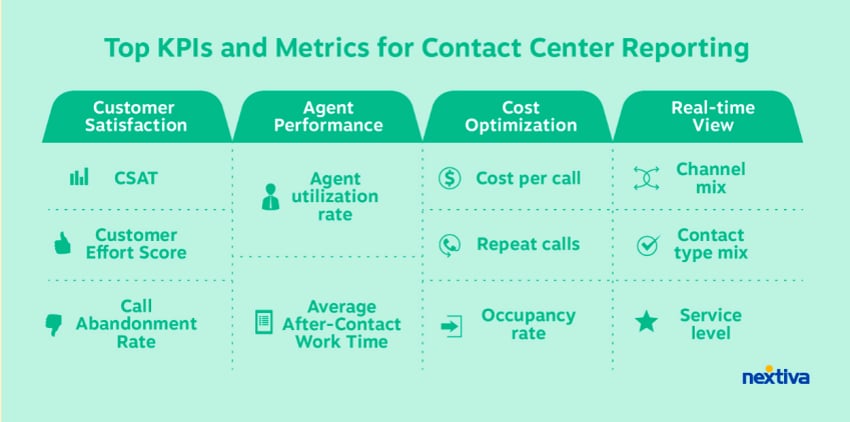
Overall, helpdesk software truly brings your service desk to life. Leaders see it as a business enabler and an opportunity to expand revenue and increase profitability.
Top 4 Inbound Helpdesk Tools
Inbound helpdesk software lets businesses manage inbound customer requests at scale while keeping the team focused and organized.
1. Zendesk
Zendesk excels at managing customer interactions across various platforms through CRM and other business system integrations. It helps companies maintain high service quality and efficiency to improve the customer experience.
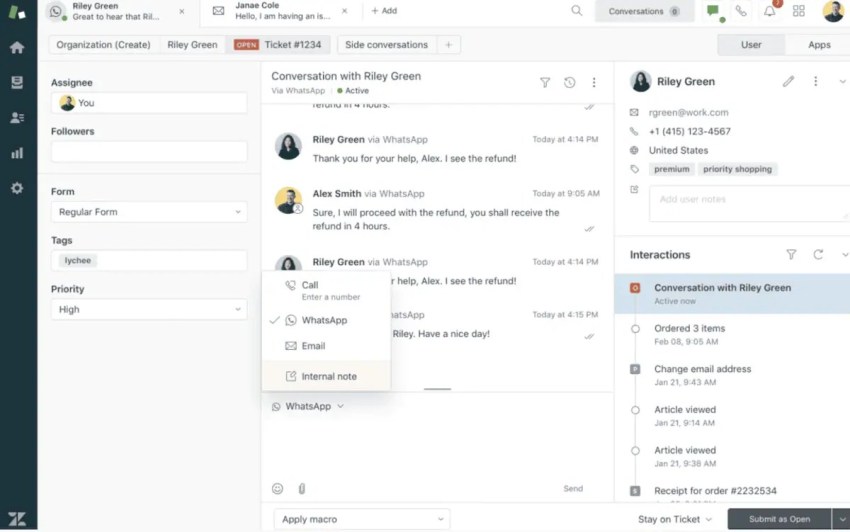
Source: Zendesk
Key features of Zendesk
Below are some notable features of Zendesk.
- IT ticketing system offers a unified customer view.
- Self-service portal and knowledge base encourage self-service among customers.
- Advanced reporting gathers valuable insights into customer service operations.
- Routing and intelligence select the best agents for the job and send tickets.
2. Freshdesk
Freshdesk helps companies manage customer queries and issues through a single, user-friendly SaaS platform. It tracks and responds to customer support tickets through multiple channels, like email, social media, or live chat. It also offers a shared inbox for teams to collaborate and resolve complicated customer queries.
On Freshdesk, you can edit the SLA management policy to improve customer service transparency.
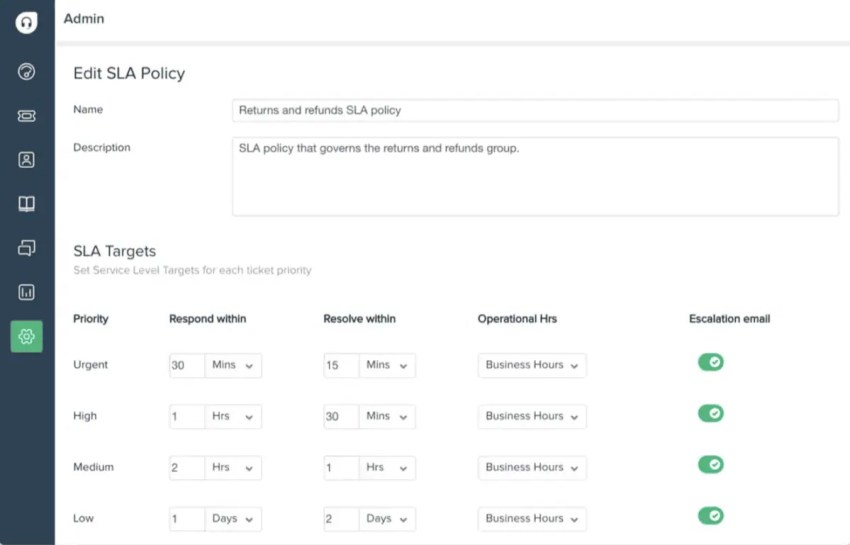
Source: Freshdesk
Key features of Freshdesk
Below are some notable features of Freshdesk.
- Freshbots assist the customer in self-service and deflect around 70% of customer conversations.
- Freddy Copilot lets agents personalize service delivery.
- Freddy Insights monitors performance data and showcases optimization opportunities.
3. Kustomer
Kustomer lets businesses manage customer interactions and support in a personalized and efficient way. It detects language and provides easy translation, allowing you to localize customer support.
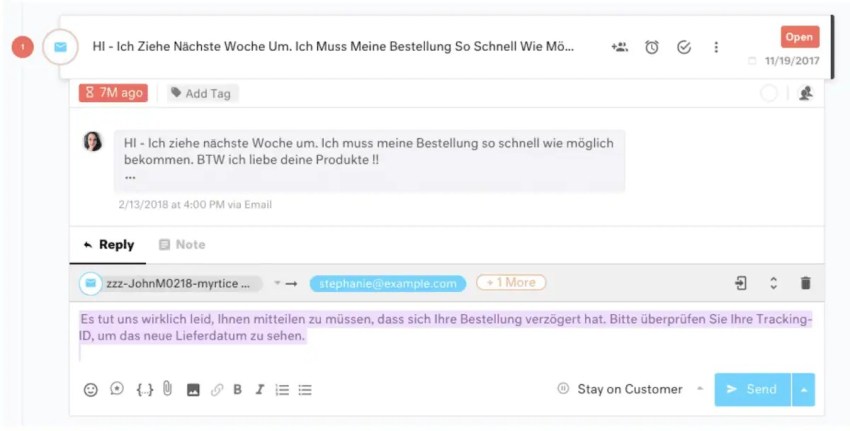
Source: Kustomer
The platform sees customers as individuals with all their past interactions and transitions. This gives the support team clarity on who they’re talking to and what they need rather than having to ask repetitive questions.
Key features of Kustomer
Below are some notable features of Kustomer.
- Messaging offers instant answers through CRM-powered chatbots. It also encourages self-service and guides customers to FAQs and the knowledge base.
- A vast app ecosystem lets you use open APIs to display key information, such as order details or billing status.
- Performance insights allow you to estimate staffing needs using heatmaps for the busiest days and hours.
4. Help Scout
Help Scout is a cloud-based customer support tool that offers shared inboxes for all customer communications. It ensures every team member can see and respond to customer queries. Conversations are kept in one place, where the team can see previous interactions and respond with contextual consistency.
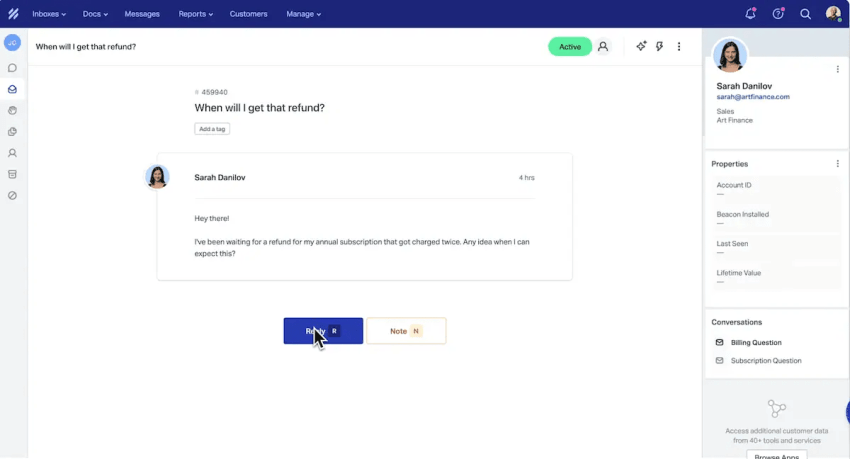
Source: Help Scout
You can create a self-service knowledge base to direct customers to the right place for faster resolution. There’s plenty of functionality available in Help Scout’s customer support solution for support teams, but less applicable for those in other departments.
Key features of Help Scout
Below are some notable features of Help Scout.
- Automation features keep response times low with customizable workflows.
- Customer data lets you see who you’re talking to and their previous activity.
- Integrations with more than 50 tools make it easier to streamline communication and offer better service delivery.
Top 4 Outbound Helpdesk Tools
Outbound helpdesk tools focus on offering proactive support to customers. Instead of expecting customers to act, customer success teams reach out to them with product updates, changes, and other information to increase their satisfaction and engagement.
Here are the leading outbound tools on the market:
1. Nextiva
Nextiva seamlessly integrates phone, web chat, social media, and SMS messaging into one unified channel that connects with CRMs like Salesforce, HubSpot, and other business systems. This allows you to efficiently track and manage customer interactions while offering a personalized experience to customers at scale.
The unified communications platform offers advanced features to handle inbound and outbound interactions, even through the mobile app.

Key features of Nextiva
Below are some notable features of Nextiva.
- Advanced call routing lets you route inbound calls to any person or team in real time based on predefined rules.
- Customer insights come straight to the conversation space.
- Integrations allow you to connect to your favorite tools for faster ticket management.
- Automated surveys collect how customers feel right after the call.
- Macros and automations help reassign tickets, notify managers, and autofill common responses.
2. Five9
Five9 focuses on improving agent productivity through intelligent routing. It comes with omnichannel support for voice, email, chat, and social media. You can see real-time reporting analytics and encourage the team to provide timely and effective support.
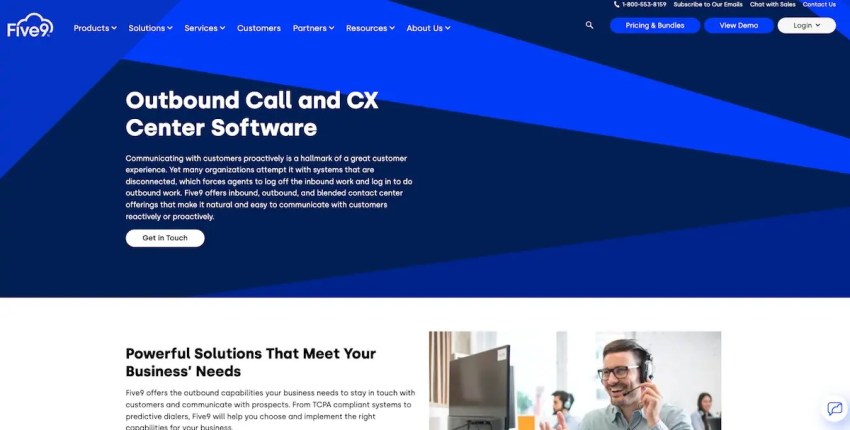
Source: Five9
Key features of Five9
Below are some notable features of Five9.
- A progressive dialer automatically calls one customer per available agent.
- A predictive dialer ensures agents spend more time talking to real prospects and customers.
- Reputation management protects your phone numbers’ reputations in outbound dialing.
3. Genesys
Genesys delivers an AI-powered customer experience platform that personalizes customer service at scale. It offers voice and digital channel support with AI bots for automated responses.
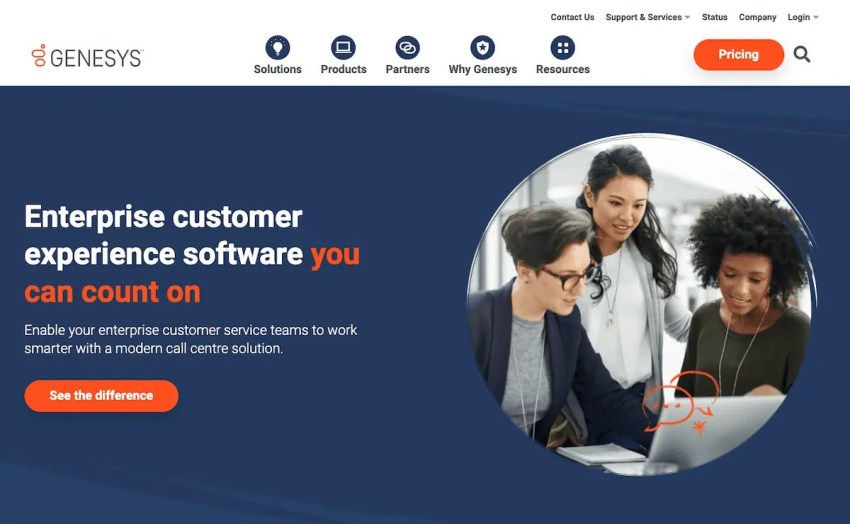
Source: Genesys
Key features of Genesys
Below are some notable features of Genesys.
- Self-service campaigns increase the productivity and cost-effectiveness of your outreach strategies.
- Software-based verification improves contact rates through pre-call checks.
- Integrated analytics give a single performance view of outbound and inbound calls.
4. Aircall
Aircall is known for its simplicity and integration with other CRM and business tools. It streamlines call management and offers context for customers’ interactions to make service delivery faster.
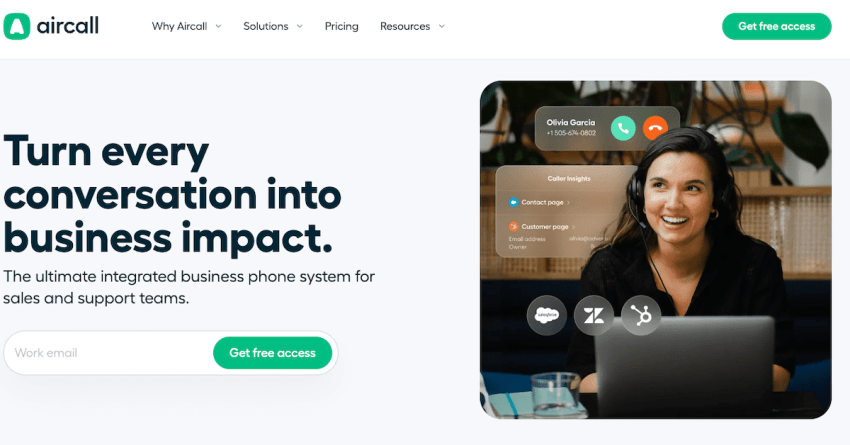
Source: Aircall
Key features of Aircall
Below are some notable features of Aircall.
- Automation syncs call notes and tags, allowing agents to focus on helping customers.
- Smartflows call routing connects customers with the agent who can best support them.
- Dashboards help to visualize agents’ performance trends.
Top 4 Internal Helpdesk Tools
Internal helpdesk tools support a company’s internal teams in being more productive and organized in managing internal requests. This software allows admin, HR, and IT support teams to focus on more critical tasks rather than repetitive requests for internal employees.
Check out the leading internal helpdesk tools on the market:
1. ServiceNow
ServiceNow serves internal teams with IT service management capabilities. You can automate workflows while offering a single place for managing internal service requests and incident resolutions.
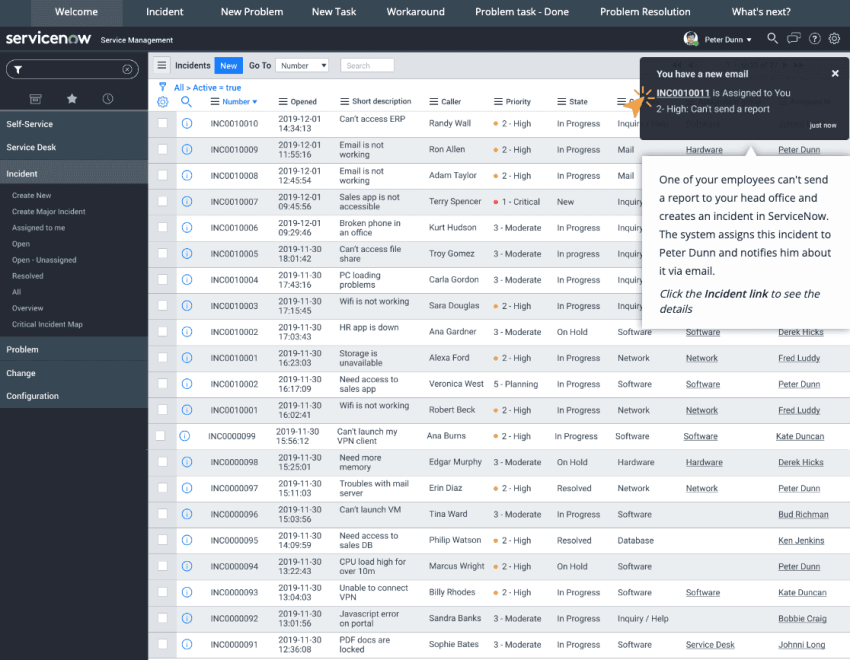
Source: ScienceSoft
Key features of ServiceNow
Below are some notable features of ServiceNow.
- Workforce optimization lets you manage a team with insights into their performance in real time.
- Process mining streamlines work and improves outcomes with optimized process flows.
- Employee Center creates a single portal for service delivery across an enterprise or a small business.
2. Tettra
Tettra has knowledge management features that make it a decent internal helpdesk. It lets you create, manage, and share information easily to reduce repetitive inquiries from the team.
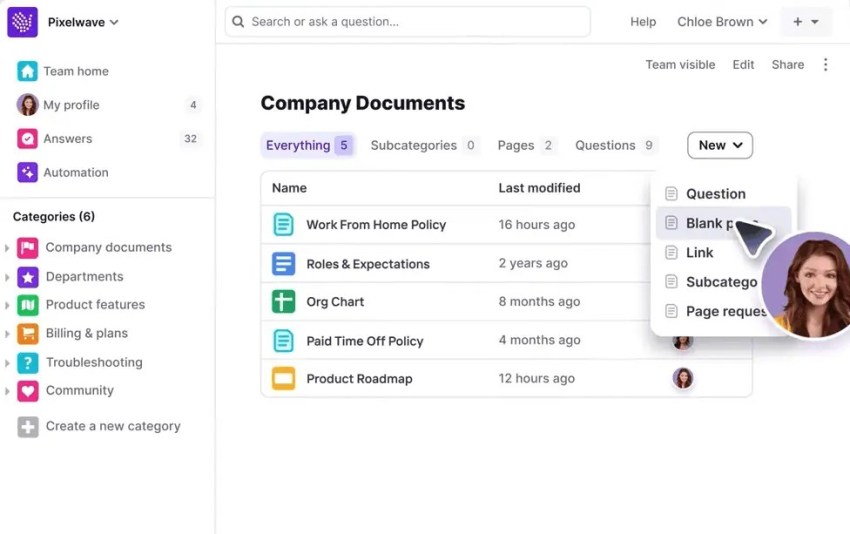
Source: Tettra
Key features of Tettra
Below are some notable features of Tettra.
- Q&A stores questions to help others find answers fast.
- AI assistant Kai provides relevant answers to questions. If the answers aren’t found, it assigns the right person to respond and then sends a notification.
- Knowledge management workflows keep information up to date.
3. Jira Service Management
Jira Service Management serves high-velocity teams with IT service management to organize all requests in one place. The software empowers people to self-serve while automating several workflows to ensure everyone gets help quickly.
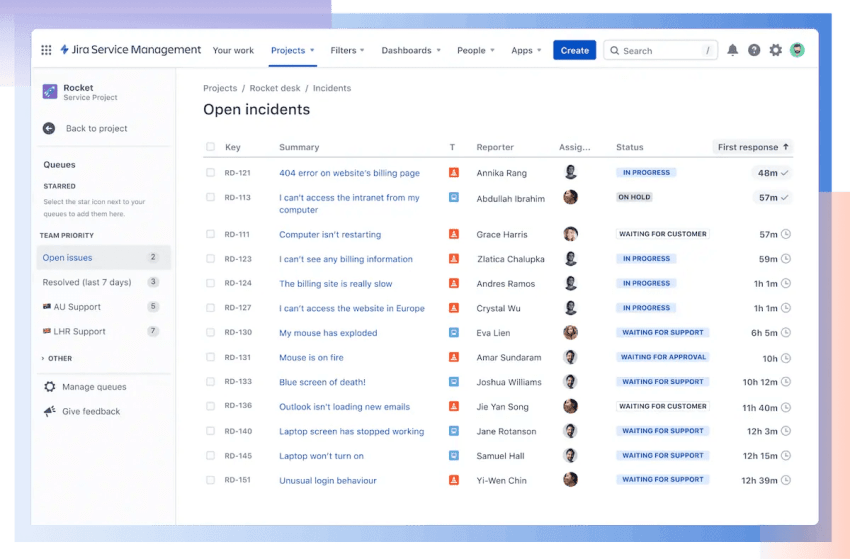
Source: Atlassian
Key features of Jira Service Management
Below are some notable features of Jira Service Management.
- Incident management brings IT operations teams together to address and resolve incidents quickly.
- Knowledge management enables self-service and deflects more requests, letting your team focus on critical requests.
- Robust APIs allow you to connect and integrate with your favorite IT tools.
4. Hiver
Hiver turns Gmail into an internal helpdesk, offering an intuitive solution for managing support tickets right from your inbox. It’s suitable for small and medium-sized teams looking for a simple tool to handle internal requests and track task assignments.
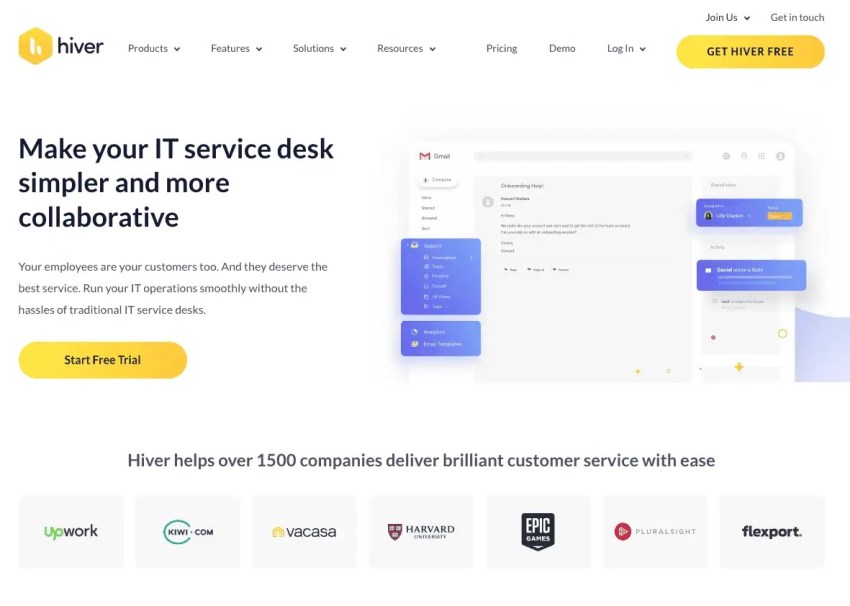
Source: Hiver
Key features of Hiver
Below are some notable features of Hiver.
- Centralized communication helps you manage group email IDs in your Gmail inbox.
- A collaborative inbox brings different teams together to solve employee issues.
- Automation moves your focus from routine tasks to complex technical problems.
How to Choose Helpdesk Software
It’s important to choose helpdesk software that fits your business. Below are a few ways to research support software to make an informed decision.
Jot down your needs
The simpler it sounds, the harder it is to jot it down. Objectively answer the questions below when preparing to consider your options.
- How many people would use the tool?
- What are your communication channels (email, live chat, phone, or others)?
- What are the key features you’re seeking?
- What challenges are you trying to solve with the product?
- Who are the stakeholders, and what are their exclusive needs from the tool?
Set a budget
Money matters, so compare what you’re getting to what you’re paying.
Look at the costs and features included, and consider how this tool can help you save or make more money in the long run. Compare vendor offerings to find the best deal at a price that fits your budget.
Prioritize usability
Consider software you would love to use day in and day out. Ask a small customer group for feedback on their likes and dislikes and any problems they may have encountered. It’s better to resolve these issues before signing a contract or proceeding with the final purchase.
Let the vendor know what customization you would require. Understand what it takes to get those modifications up and running.
Think future-proof
See to it that the helpdesk software can scale with your business and that adding more end users or managing support channels is easy. Make sure the software offers data protection and security, as you will often deal with customer’s sensitive data.
When your customers increase, understand how the tool will maintain its availability. Look for its track record to see if the software is reliable and available when needed.
Nextiva: The Preferred Helpdesk Option for Contact Centers
By this point, you already understand what you need to look for when choosing helpdesk software. Take a look at what companies like you are using.
For many, Nextiva stands out for managing a large number of customer interactions across channels. It offers functionalities like advanced call routing, IVR, insightful analytics, and seamless integration with SMS, social media, web chat, and email, making it a complete customer communication solution for efficient service delivery.
Integrate secure phone service, SMS, video, and team chat in ONE platform.
Surprise and delight your customers.
Nextiva’s got all the tools you need to provide amazing customer service.

















 Customer Experience
Customer Experience 

